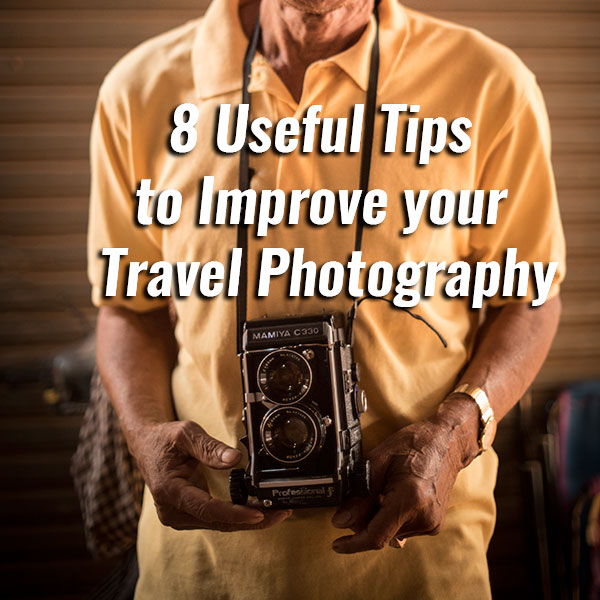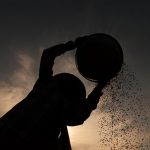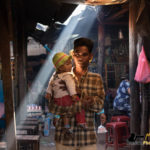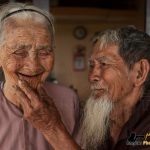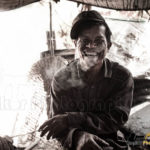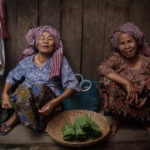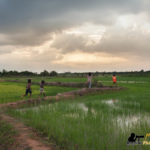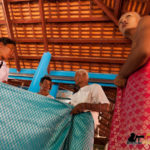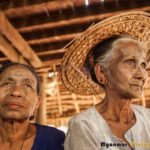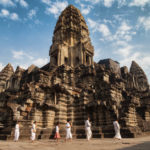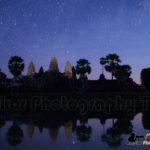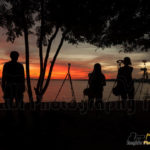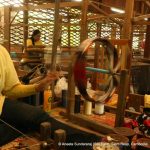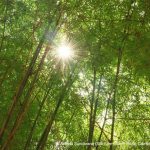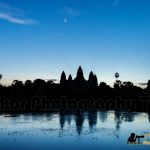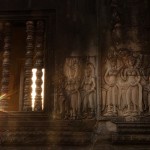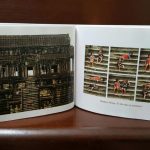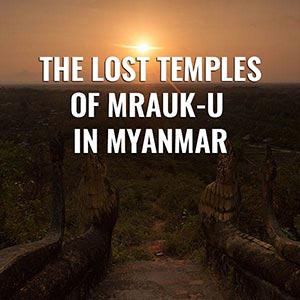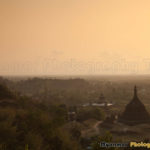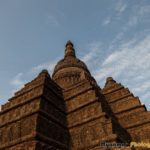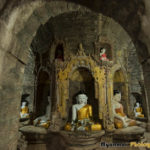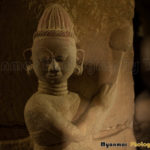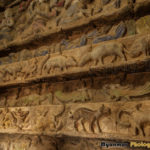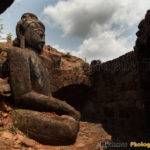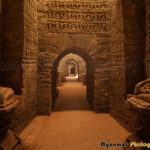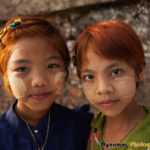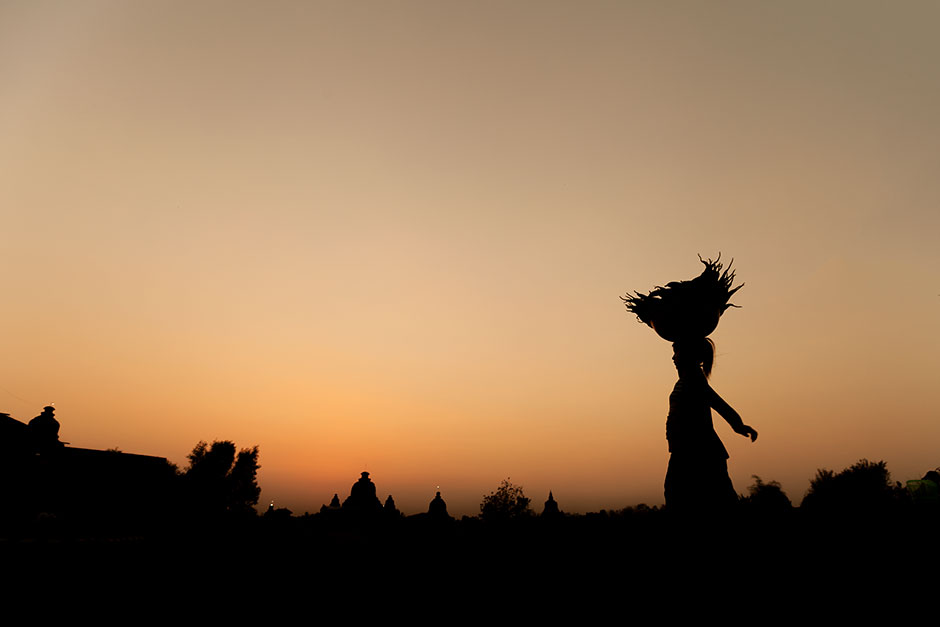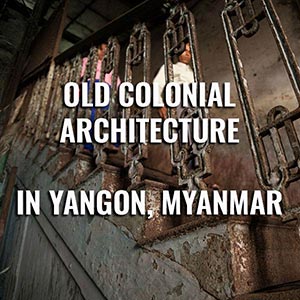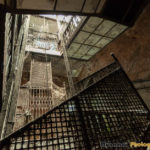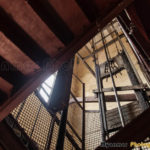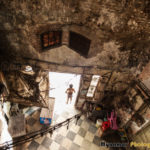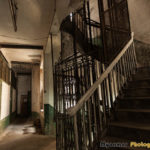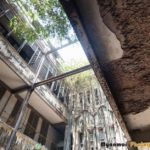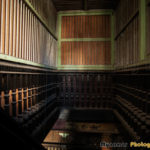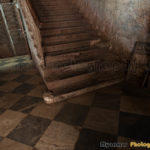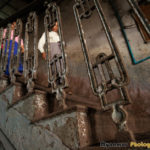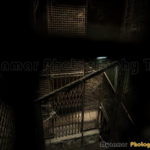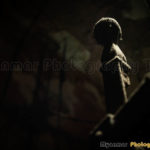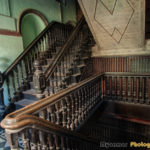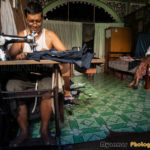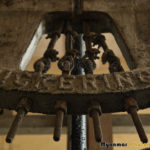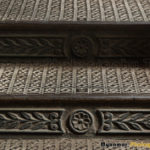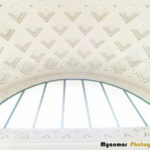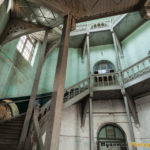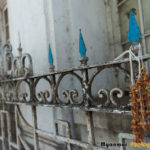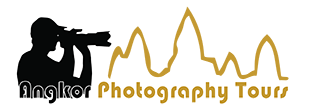Photography tours are becoming increasingly popular and are now available globally, with options to explore destinations ranging from Iceland to Antarctica, and from New York to Paris. These tours offer a combination of exploration and learning opportunities, making them suitable for both experienced photographers and beginners. They provide opportunities to discover new places and cultures, explore lesser-known locations, take amazing pictures and improve your photography skills.
South-East Asia offers a plethora of destinations for photography tours, including Siem Reap, gateway of the temples of Angkor (Cambodia), Hoi An, Ho Chi Minh and Hanoi (Vietnam), Yangon (Myanmar), Bali (Indonesia), Bangkok (Thailand).
In this post, we will examine eight compelling reasons for considering a photography tour during your next holiday in South-East Asia.
1.Improve your photography skills
A photography tour in South-East Asia is an ideal opportunity for even the most experienced photographers, including those specializing in sports, wildlife, or wedding photography, to improve their skills. The diverse range of locations and subjects available in South-East Asia offers endless photographic opportunities, many of which may be outside of your comfort zone. From capturing workers harvesting rice on paddy fields, ancient temples, to taking portraits in busy food markets, a photography tour in South-East Asia will challenge and inspire photographers of all levels.
2. Enjoy people photography
When living in South-East Asia we often take for granted that taking pictures of people is easy to do. Due to privacy concerns, it is almost impossible in the West except during large public events. In Asia, people often get into the game and even sometimes ask you to take pictures of them:)
3- Photography Tours Asia: Discover a Country from a New Perspective
During a photo tour , you will be guided by a photographer who is always looking for new places and has been living in the area for many months or many years. This considerable asset will allow you to have access to some locations out of the beaten path which often are not available during a “normal” tour. Often, the photographer has develop some relations with locals, speak some of the language and this will be valuable in people photography. You might have access also to remote locations with tribes or be the witness some local Buddhist ceremonies.
4- Photography Tours Asia: Pushing the Boundaries of Your Photography Equipment
Sometime, at the end of a tour, it happens that some guests decide to upgrade their camera system or buy new lenses. Whether you have a entry level camera, you will test the limit of your equipment: shooting a low lights with moving subjects in some festivals or in markets with dimmed lights. You might no get also the nice bokeh you were expecting in your portraits. Common purchases are wide angle lenses to do architecture shots or a portrait lens.
5- Meet like-minded people
If you take part in a photography tour with a small group of people especially for few days, it is likely that you will a blast together, keep in touch and maybe even do another trip together in the future. For many people, a photo tour remains the highlight of their trip in Asia.
6- For beginners, a quick way to improve your photography
Many people start learning photography by taking theoretical courses in a classroom with little or no practice. During a photography tour, a lot of the time is spent on hands-on practice and because of on many different situations encountered during the day (sunrise/sunset, low light, portraits,architecture shots), you are most likely to make long lasting improvement on your photography. You will look after very differently at the triangle of exposure:)
7- Get to the best locations with the best light
Photography is all about light and when exploring a new place, knowing the best photographic spots with the best light is very difficult even after some prior extensive research online. Depending on the destination (cities, archeological parks, national parks), it can take months to know the best shooting locations and the best angles. Even if seasons are not marked so much in South-East Asia, there is an impact photography. In Angkor Wat temple for example, the path of the sun is drastically different between June and December making shots very different depending on the season.
During the monsoon, your photography leader will guide you around the locations to get those nice reflection shots.
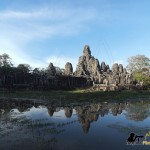
Panoramic view of Bayon temple in Angkor Thom Cambodia with water reflection. Bayon temple was built late 12th century by Jayavarman VII.
8- Go back home with great pictures
Because you have being in the right locations with the best light, and had guidance during your shots, you will be sure to go back home with the best pictures of your holidays. Why not make a coffee table book of your best pictures to show your friends and plan together your next photographic adventures?
